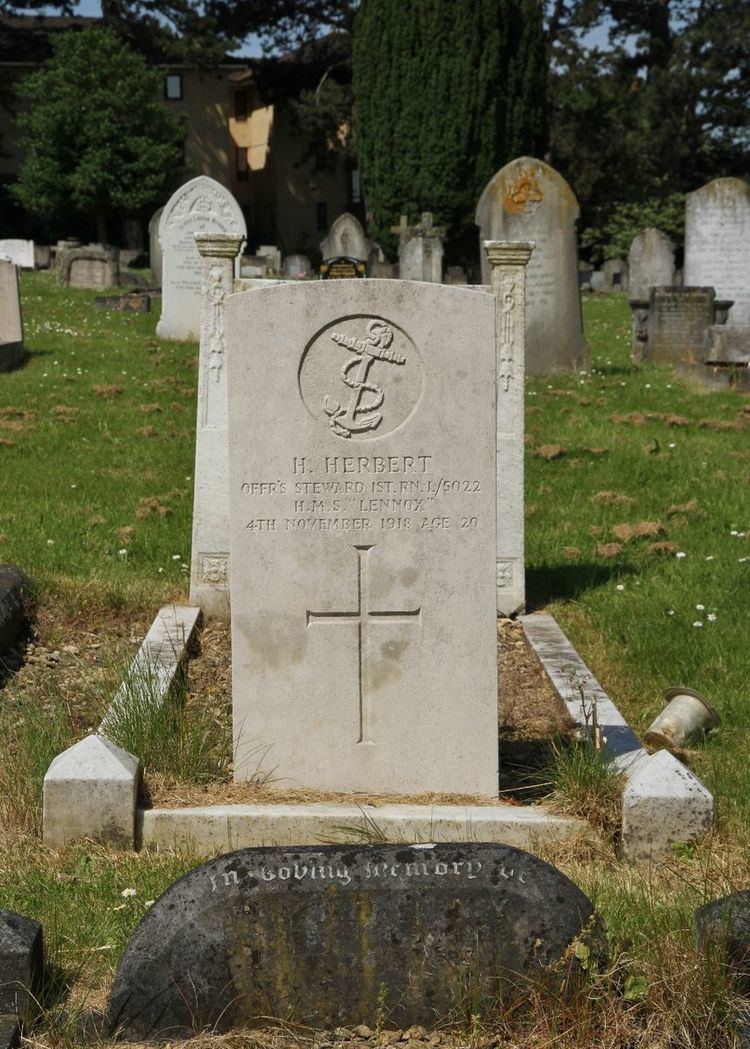Name HMS Lennox Launched 2 March 1914 | Beam 27 ft 8 in (8.43 m) Draft 3.2 m | |
 | ||
Fate Sold and broken up October 1921 Displacement 965–1,010 long tons (980–1,026 t) Length 268 ft 10 in (81.94 m) o/a Builder William Beard and Company | ||
HMS Lennox was a Laforey-class destroyer built for the Royal Navy during the 1910s.
Contents
Description
The Laforey class were improved and faster versions of the preceding Acasta class. They displaced 965–1,010 long tons (980–1,026 t). The ships had an overall length of 268 feet 10 inches (81.9 m), a beam of 27 feet 8 inches (8.4 m) and a draught of 10 feet 6 inches (3.2 m). Lennox was powered by two Parsons direct-drive steam turbines, each driving one propeller shaft, using steam provided by four Yarrow boilers. The turbines developed a total of 24,500 shaft horsepower (18,300 kW) and gave a maximum speed of 29 knots (54 km/h; 33 mph). The ships carried a maximum of 280 long tons (280 t) of fuel oil that gave them a range of 1,750 nautical miles (3,240 km; 2,010 mi) at 15 knots (28 km/h; 17 mph). The ships' complement was 74 officers and ratings.
The ships were armed with three single QF 4-inch (102 mm) Mark IV guns and two QF 1.5-pounder (37 mm) anti-aircraft guns. These latter guns were later replaced by a pair of QF 2-pounder (40 mm) "pom-pom" anti-aircraft guns. The ships were also fitted with two above-water twin mounts for 21-inch (533 mm) torpedoes. They were equipped with rails to carry four Vickers Elia Mk IV mines, although these rails were never used.
Construction and service
Lennox was laid down as Portia before being renamed. She was constructed by William Beardmore and Company and launched on 2 March 1914. Lennox was designed to operate in British coastal waters against enemy surface and submarine shipping. She was attached to the Harwich Force and served in the North Sea. Lennox saw action in several engagements, including the Battle off Texel. On 6 May 1916, Lennox accidentally collided with HMS Ben-my-Chree, a seaplane carrier. Damage was insignificant for both ships, however.
